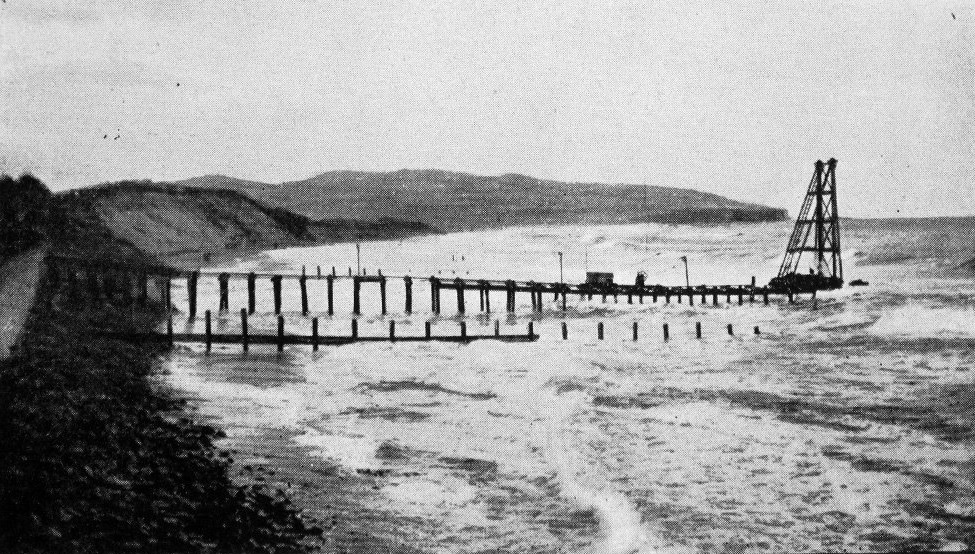
Dunedin Mayor Jules Radich said the upper end of cost estimates surprised him but the project, intended to build up the beach, should be achieved at a significantly cheaper cost.
It could also buy the city time as costly solutions to deal with erosion loomed, he said.
The Dunedin City Council confirmed yesterday a proposal existed to reinstate a groyne.
Reconstruction would be based on 1919 drawings showing a single row of timber piles, a council spokeswoman said.
The council was "investigating a proposal" to reinstate a groyne on a trial basis.
Groynes, at varying levels of decay, have been a feature of St Clair Beach for more than a century.
Their merits have inspired debate, as well as photographs, and Mr Radich has argued they were typically effective before they were allowed to fall into disrepair.
A report estimated the cost of obtaining consent could range from $15,000 to $250,000 and take three to 12 months, the council spokeswoman said.
Reconstruction could cost $180,000 to $320,000, depending on materials used.
Councillors discussed options behind closed doors at a meeting on Tuesday, as the council said it needed to preserve legal privilege.
The city council has not yet released the voting breakdown, nor the precise wording of the resolution.
The Otago Daily Times has asked for parts of the staff report that went before councillors to be publicly released.
Cr David Benson-Pope said he did not believe it was necessary for all of the council debate to have been private.
He considered the project to be a waste of money.
Mr Radich said consultation about a coastal plan had cost more than $700,000 and reshaping the St Clair sea wall could cost tens of millions of dollars.
Erosion at Middle Beach near an old landfill could result in further significant expense to shift material and Mr Radich hoped such work might at least be delayed should the groyne trial prove successful.
Cr Andrew Whiley said he believed a trial would work and it was time for the city to be proactive.
In a report for St Clair residents, coastal engineer Steve Moynihan said a range of circumstances influenced outcomes on the beach.
Mr Moynihan said some sand drifted along the shoreline and movement would be sufficient to interact with a groyne.
He highlighted differences between solid groynes and permeable groynes and said permeability, allowing some sand to pass through, should be in the order of 50%.
Computer modelling of groyne behaviour would be of limited benefit, Mr Moynihan said.
"The only way to resolve the unknowns would be to build and monitor a trial groyne."














